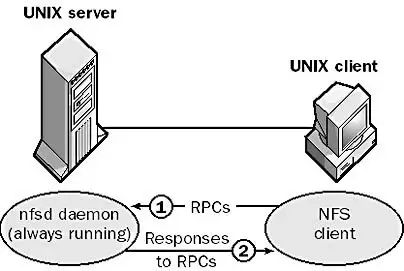Deamon is a program associated with the UNIX operating system that runs in the background and performs some task without instigation from the user.
What is Deamon?
A program associated with the UNIX operating system that runs in the background and performs some task without instigation from the user. An example of a daemon is the telnet daemon, which runs continuously in the background, waiting for a connection request from a telnet client.
The telnet daemon facilitates the remote connection and makes it possible for the user to control the machine. Another example is the HTTPd daemon for the Apache Web server, which waits for Hypertext Transfer Protocol (HTTP) requests from Web browser clients and fulfills them.
A third example of a daemon is the nfsd daemon, which supports the remote file access aspect of the Network File System (NFS) in a UNIX environment. The nfsd daemon runs in the background on UNIX servers, waiting for remote procedure calls (RPCs) from NFS clients.
Daemons typically use RPCs for communication with clients. Because NFS is implemented as daemon processes at the user level instead of at the kernel level, NFS is thread-safe for execution, allowing multiple NFS processes to run as independent threads of execution.

NOTE
The Microsoft equivalent of “daemon” is “service.” For example, the Workstation service of Microsoft Windows NT would be known in UNIX as a daemon instead of a service.

Terminology
The term was coined by the programmers of MIT’s Project MAC. They took the name from Maxwell’s demon, an imaginary being from a thought experiment that constantly works in the background, sorting molecules. Unix systems inherited this terminology. Maxwell’s demon is consistent with Greek mythology’s interpretation of a daemon as a supernatural being working in the background, with no particular bias towards good or evil. However, BSD and some of its derivatives have adopted a Christian demon as their mascot rather than a Greek daemon.
After the term was adopted for computer use, it was rationalized as a “backronym” for Disk And Execution MONitor.